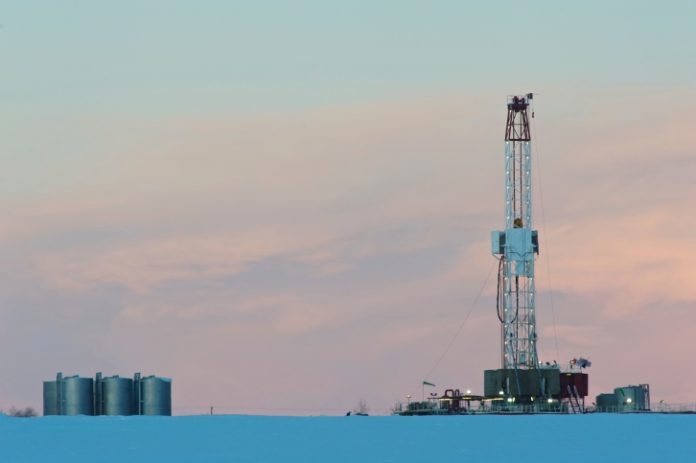Quick Bullets:
- Fracking is a method of increasing the amount of oil and gas that can be extracted from a reservoir.
- Fracking, combined with directional drilling, allowed U.S. natural gas production to climb 84 percent, and oil production to grow 137 percent.
- The amount of new gas produced by fracking decreased the price of natural gas by $6.83/MCF from 2008 to 2020.
- Research indicates fracking is not causing water or air pollution, or damaging earthquakes.
Introduction
Hydraulic fracturing, aka “fracking,” is a method for recovering oil and gas from unconventional fossil fuel reservoirs. It involves creating fissures in a rock formation to stimulate oil or gas movement through a reservoir that may otherwise have been difficult to extract fluids from.
Two broad concepts need to be understood: “porosity” and “permeability.” Porosity exists when there is space between grains of rock, allowing gas, water, or oil, to accumulate. Permeability describes the presence of pathways between the spaces, which allow fluids to move through the rock.
For example, shale has high porosity, but low permeability. As a result, it is difficult to produce significant amounts of oil and gas from shale formations. The solution is to increase artificial permeability by fracturing the rock. This is typically accomplished by pumping liquid solutions at high pressure down to the target formation, which opens cracks in—or fractures—the rock. The liquid contains a “proppant,” which is often sand, to hold the new fissures open.
Economics
Fracking has allowed natural gas and oil to be produced from formations where it was not previously technologically or commercially viable. Natural gas is now produced in 34 states.
Combined with horizontal drilling technologies, fracking has substantially increased domestic production of natural gas. In fact, since 2005, U.S. gross withdrawals of natural gas increased by about 84 percent due to the advent of fracking technology. This reversed a decline in production that had begun in the 1970s. After declining for decades, fracking led to a 137 percent increase in oil production—a dramatic increase. Due to fracking technology innovations over the years, the United States became a net-exporter of natural gas and substantially reduced the amount of oil imported.
The production increase resulted in a significant decline in the price of natural gas. Spot prices declined from about $8.86 per thousand cubic feet (MCF) in 2008 to $2.03/MCF in 2020. Unfortunately, the Biden administration’s anti-energy policies have caused the price to increase over the past few years.
Fracking has also escalated production from existing wells that were declining, in a process called “refracking.” This allows for greater output from a well that has already been drilled, saving the costs associated with drilling a new well.
Environmental Concerns
Environmental concerns are the primary point of contention for opponents to fracking.
Yet, multiple studies conducted by universities, the U.S. government, and private organizations prove that fracking is not responsible for water pollution. In one prominent 2016 study conducted over a six year period that examined 110,000 fracked oil and gas wells, the Environmental Protection Agency (EPA) found no pollution. The EPA concluded that the operations were unlikely to drive any fluid into drinking water zones.
Fracked formations are usually 6,000 to 10,000 feet deep—far deeper than water wells, which are usually no more than 500 feet deep. Thousands of feet of relatively impervious rock separate fracked wells and water wells, making pollution exceedingly unlikely.
Data also indicate that fracking does not significantly contribute to air pollution. While some localized emissions are associated with oil and gas operations, including fracking, multiple studies from universities and local governments have found that modern well sites do not emit harmful levels of air pollution.
Fracking can cause minor tremors underground, but they are not strong enough to be felt or cause damage. Most reported “induced” earthquakes associated with fracking operations come from wastewater injection wells. However, these have declined, reinjection pressure has been reduced, and recycling of wastewater has increased.
The low price of natural gas has also allowed it to partially replace coal for electricity generation, which has resulted in lower sulfur, nitrogen, and mercury particulates, as well as reduced carbon dioxide emissions.
Linnea Lueken (llueken@heartland.org) is a research fellow with the Arthur B. Robinson Center on Climate and Environmental Policy at The Heartland Institute.
To read the original report, click here.


























